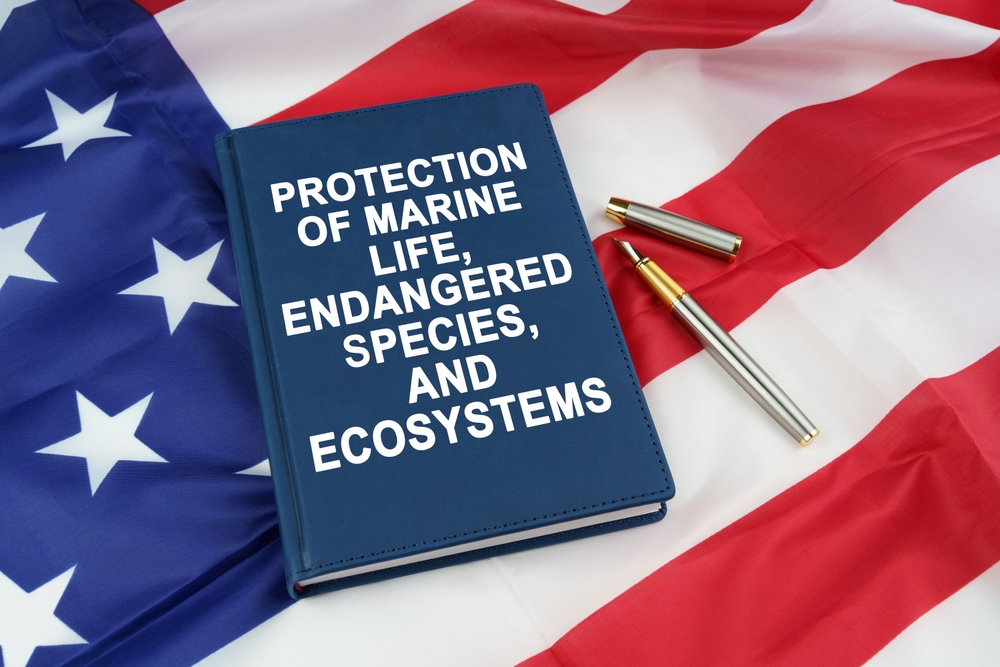
Proposed Change to “Harm” Definition Could Impact ESA Protections and Conservation Banking
As mitigation bankers and conservation professionals, we keep a close watch on federal regulatory changes. A new proposal from the U.S. Fish and Wildlife Service (FWS) and NOAA Fisheries deserves your full attention.
On April 17, 2025, the agencies published a proposed rule to revise the regulatory definition of “harm” under the Endangered Species Act (ESA). If finalized, this change would narrow the circumstances under which habitat modification is considered a “take,” potentially reducing the scope of federal protection for listed species.
What’s Being Proposed?
The current regulatory definition of “harm” (found at 50 C.F.R. § 17.3) includes:
“…an act which actually kills or injures wildlife. Such an act may include significant habitat modification or degradation where it actually kills or injures wildlife by significantly impairing essential behavior patterns, including breeding, feeding, or sheltering.”
The new proposal aims to rescind this broader interpretation and realign “harm” more closely with the statutory definition of “take,” which includes:
“…to harass, harm, pursue, hunt, shoot, wound, kill, trap, capture, or collect or attempt to engage in any such conduct.”
While this might sound like a small adjustment, it carries big implications.
What This Means for Mitigation and Conservation Banking
This proposed narrowing of the “harm” definition could make it more difficult to regulate activities that degrade critical habitat unless there is direct evidence that the activity kills or injures wildlife.
In practice, this could mean fewer development projects are required to offset habitat impacts under ESA standards, potentially reducing the demand for species conservation credits.
From a conservation perspective, the concern is clear: weakening protections for species whose survival depends on healthy, intact ecosystems may accelerate habitat loss and increase extinction risk.
From a mitigation banking perspective, this proposed change could:
- Decrease the regulatory need for species credits tied to habitat degradation
- Undermine the value of established conservation banks focused on at-risk habitats
- Shift more responsibility to state and local agencies or private actors to maintain conservation standards
Why It Matters
At MBG, we believe robust, science-based definitions are essential to meaningful environmental protection. The ESA is one of our country’s strongest tools for biodiversity preservation, and limiting the scope of “harm” may weaken its ability to safeguard vulnerable species.
We encourage everyone in our industry—especially those who rely on species credit markets—to submit comments before the May 19, 2025, deadline.
🔗 Submit your comment here: Federal Register Docket No. FWS–HQ–ES–2025–0034
Final Thoughts
These types of regulatory changes underscore how critical it is to remain engaged, informed, and proactive. We are closely tracking this proposal and will continue working to ensure mitigation and conservation banking remain strong tools for environmental resilience.
If you have questions about how this proposed change may affect your bank or project, feel free to reach out. I’m always happy to help.
—
Victoria K. Bruce
CEO & Founder
The Mitigation Banking Group, Inc.
📧 victoria@mitigationbankinginc.com
📞 (407) 808-2222







